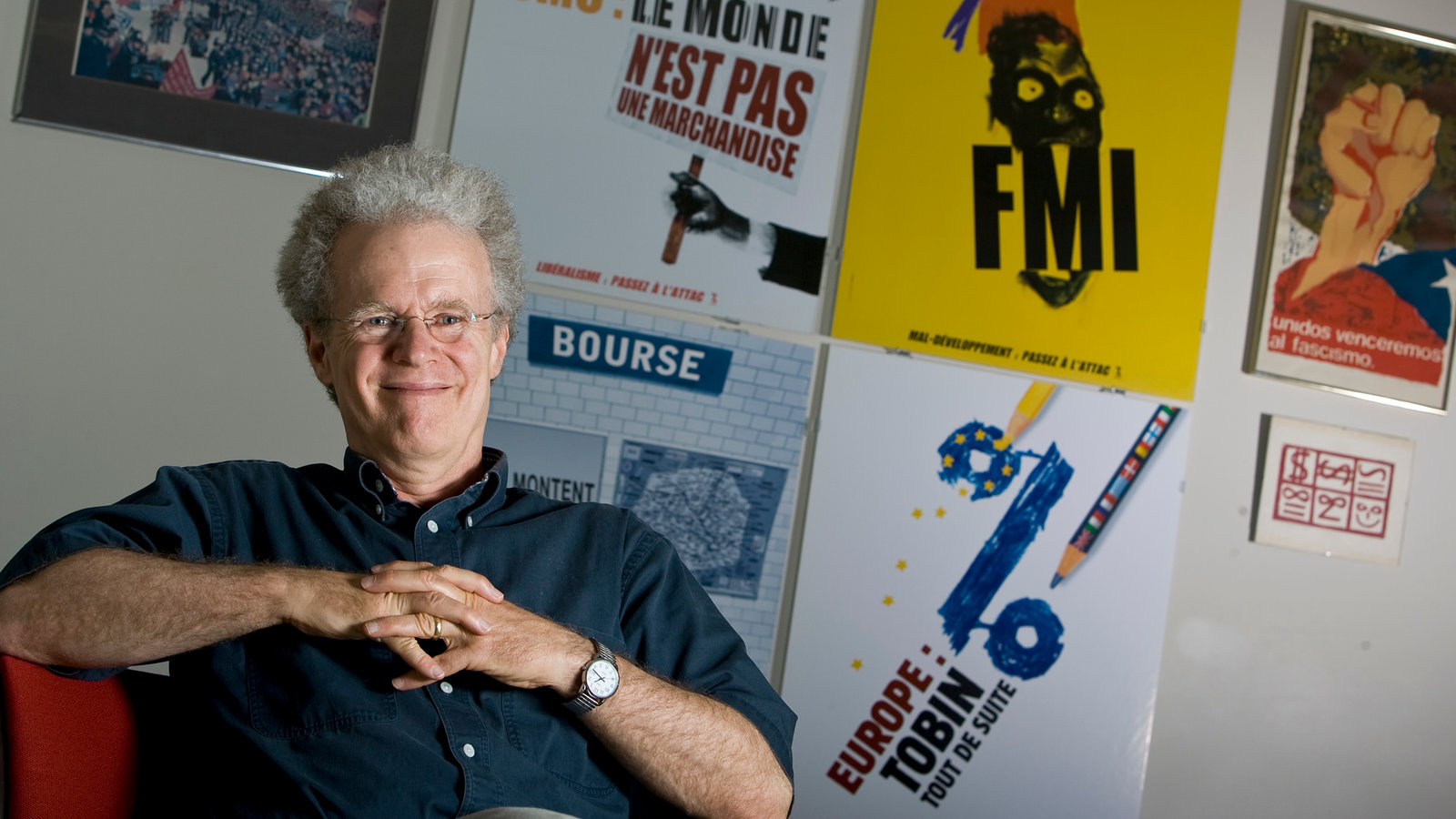
In order for the transformation process to make sense during implementation, Erik Olin Wright distinguishes 3 transformation strategies through which fundamental changes can be achieved in our society. These are the strategy of fracture, free spaces, and symbiosis.
Transformation through fracture
According to Wright, this strategy is based on the assumption that any social development is against capitalism and goes beyond it; on the other hand, it must make a revolutionary break with the status quo. The aim is that through political struggles and direct confrontations, a radical approximation can be achieved, through which existing power relations can be broken and alternative relations can be created very quickly. Such a social transformation can be different based on geographical area; not every country can have the same development policy, not every country can have a developed society, and not every country can have the same history of development.
Transformation through free spaces
The strategy of transformation of open space is related to the social movement based on heterogeneous pursuit, the creation of interests and identity. The social category has the privilege in the transformation process to lead the project. Actors have the ability to adapt in different ways. Open spaces are unused spaces and cracks within the power structure. The strategy of open spaces is dedicated to the development of institutions for social empowerment. Open spaces in the city are changed through activities dedicated to them. They can be influenced by other actors. The needs or demands of citizens are the priority to transform them differently. The transformation of open spaces should have a coefficient that would help in their gradual distribution throughout the city territory.
Transformation through symbiosis
The strategy of symbiosis distinguishes, according to Wright, metamorphoses through free spaces and, above all, their relationship with the state. Both of them aim at the transformation of space. Spatial transformation strategies must function beyond the state, but symbiotic strategies try to include the state and use it systematically to their advantage.
The empowerment that occurs within a capitalist society will be most sustainable and best defended if social empowerment also contributes to solving some of the real problems that confront capitalists and other elites. Although there are times when effective mobilization of the population and solidarity may be possible, social forms to deepen and expand empowerment even if this poses an acute threat to the interests of capitalists and other ruling elites. But such progress will always be uncertain and subject to counterattacks.